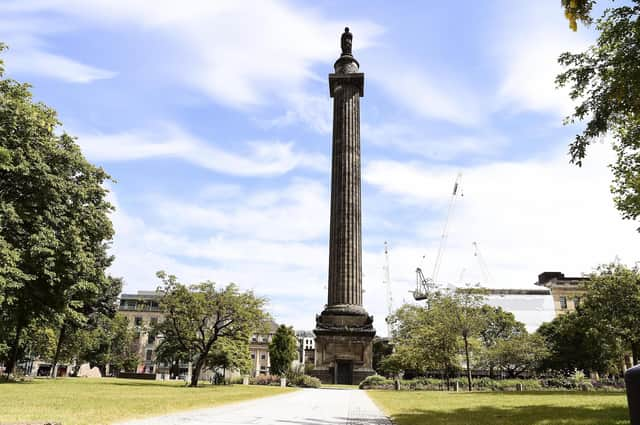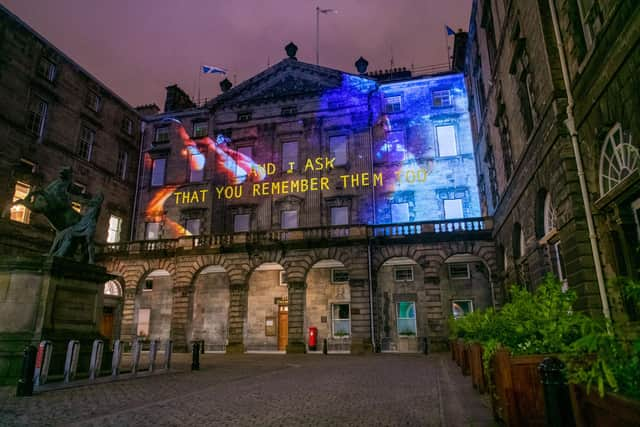Edinburgh should find new ways of honouring those who suffered as a result of its slave trade past – Brian Ferguson


The launch of a virtual “slavery map” of Scotland is my first recollection of reading about them.
It highlighted where the British government paid out millions of pounds to compensate plantation owners in the Caribbean for the emancipation of their slaves, including some of the grandest addresses in the city.
Advertisement
Hide AdAdvertisement
Hide AdIt was another two years before the Edinburgh World Heritage Trust started to seriously campaign to raise awareness of the many historic buildings, streets and statues which had links with the slave trade.


It is insightful to look back at its announcement of a “ground-breaking” lecture by the human rights activist, Sir Geoff Palmer, which it said would “expose” the city’s links to the slave trade and how they had helped bankroll the economic transformation of Edinburgh in the 18th century.
Within weeks, the government agency Historic Environment Scotland had published a detailed blog by Lisa Williams, founder of the Edinburgh Caribbean Association and the Black History Walking Tours of Edinburgh, on the city’s “long and profitable relationship with slavery,” which she described as the “murky past” of the Scottish capital.
Both Palmer and Williams highlighted the role played by the 18th century lawyer and politician Henry Dundas, the 1st Viscount Melville, in delaying the abolition of slavery in Britain. His efforts have been blamed for more than half a million more enslaved Africans crossing the Atlantic for the Caribbean.
Advertisement
Hide AdAdvertisement
Hide AdA lot has happened in the three and a bit years since then, not least the Black Lives Matter movement which swept around the world in May 2020.
In Edinburgh, the statue erected in honour of Henry Dundas became a focal point for Black Lives Matter protests and a lightning rod for controversy after the city council immediately ordered a city-wide review of sites with “close links” to slavery and colonialism.
The work of an independent panel, set up by the council and chaired by Palmer, has unfortunately become embroiled in acrimony and disputes among various academics, campaigners, historians and direct descendants of Dundas.
Against this backdrop of bitterness, it has been a relief to read the thoughtful and positive contributions to the review from the heritage sector in the city.
Advertisement
Hide AdAdvertisement
Hide AdThe Cockburn Association and Edinburgh World Heritage urged caution over the future of historic monuments linked to slavery, with the former calling for any changes to be subject to a public consultation and supported by “a strong evidential basis”, whlie the latter urged the city to retain them to preserve the “valued historic fabric of the city”.
However both were clear that Edinburgh had a “long overdue” duty to both recognise, and raise awareness of, the city’s significant relationship with the slave trade.
It remains to be seen what will emerge from the council-backed review and how it is received.
However my own hunch is that proposals for new memorials and tributes to those who suffered historical injustices will command substantially more public support than the removal of existing monuments.
And the city’s artists, cultural institutions and festivals should all be encouraged to bring forward proposals developed with all those who have an interest in righting the wrongs of the past.
Comment Guidelines
National World encourages reader discussion on our stories. User feedback, insights and back-and-forth exchanges add a rich layer of context to reporting. Please review our Community Guidelines before commenting.
